
Antony Hare, P.I.
Illustrator
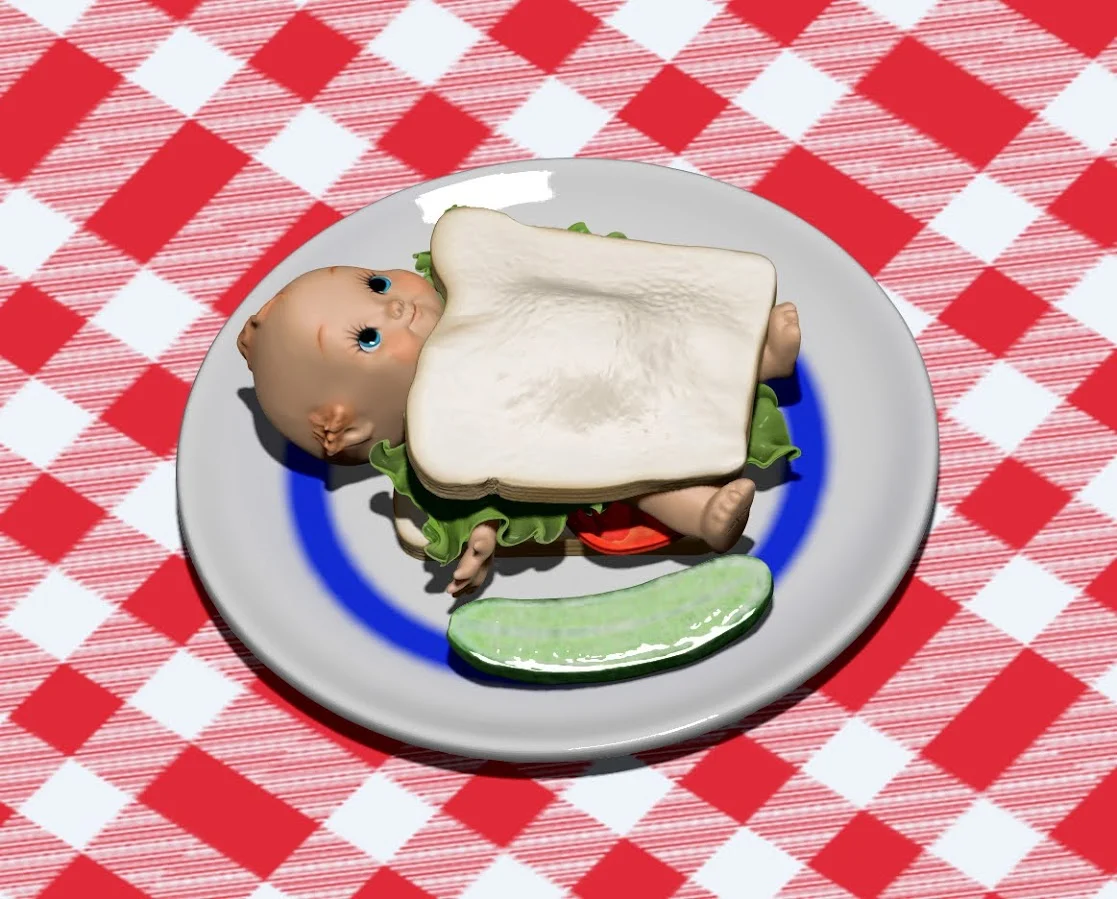

Hatching Fantastical Creations
Mom was a runner-up for the Rose Parade Princess when she was a blushing young thing and my pop was a neighbor to the real Barbie and Ken when he was a boy! I am steeped in all things entertainment and have loved creating theatrical scenes since I was a tot.
It was only natural to gravitate toward immersive experiences and themed entertainment. My grandpa took my brother and me to Disneyland multiple times a year and we all loved the park
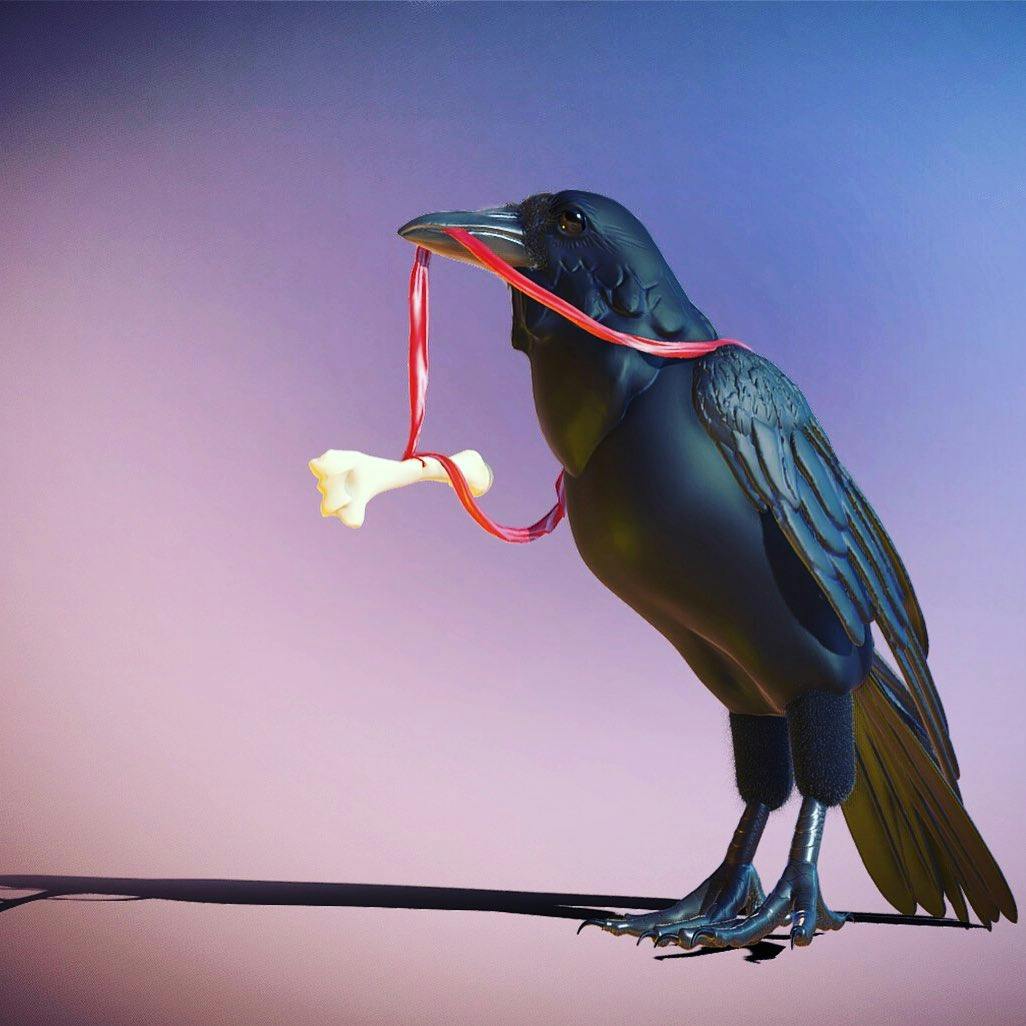
I felt that my best chance to exercise my love of art and “thing-making” was to study illustration. Focusing on drawing, color, and classical techniques was my passion in school. Then my son Niles was born and I switched to Scenic Work. Years down the road, I was reintroduced to my very first sculpting teacher, who instantly hired me to sculpt with her team at Greneker, a venerable mannequin manufacturer in downtown LA. There I learned not only to sculpt in a variety of materials like clay, foam, and wax but there I honed project management skills that have served me so well throughout my career. I will forever be in Donna Hollander's debt for taking me on that spring day!
As time went on and the writing on the wall pointed to a surety that 3D modeling was to become a major player in the commercial sculpting industry, I made the transition to ZBrush and all things digital. I also broke my wrist and this sealed the deal as many years in the field of commercial sculpting had taken its toll on my body. Engaging the fine teachers at Studio Arts, (Thank you, David Igo, Tony Leonard, and Justin Fields) I immersed myself in a study focusing on ZBrush, with its powerful tools and organic nature. This was a breakthrough for me, as I was now able to sculpt from anywhere in the world AND I could employ my long-dormant illustrative skills to create renders and iterations faster and more impactful than ever!
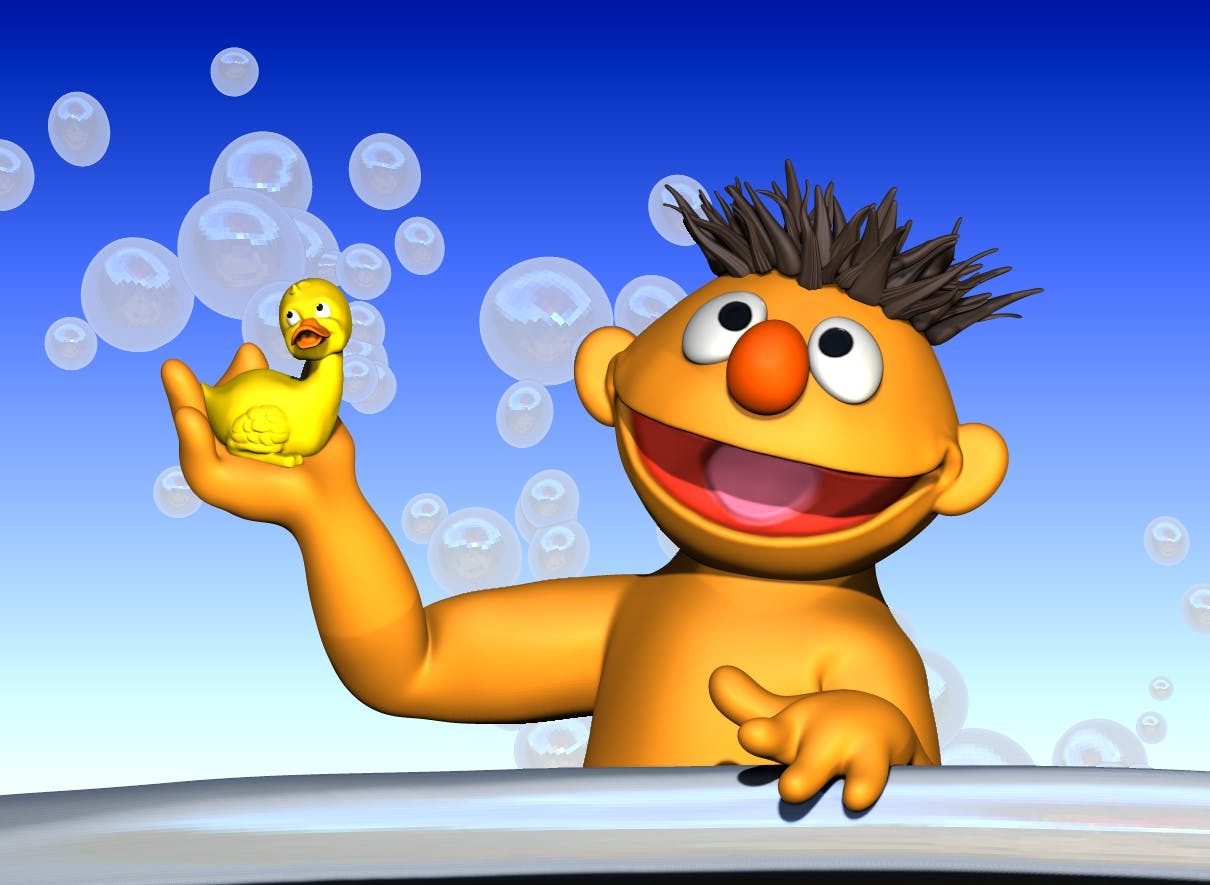
My schooling in digital arts was not as extensive as I wish it could have been. I count myself extremely fortunate to have been accepted into Studio Arts in Los Angeles for a year of rigorous digital art study. This gave me a foundation to work from. Now I invest a lot of time in Youtube training and chatting with friends, sharing tips and tricks to get things done!
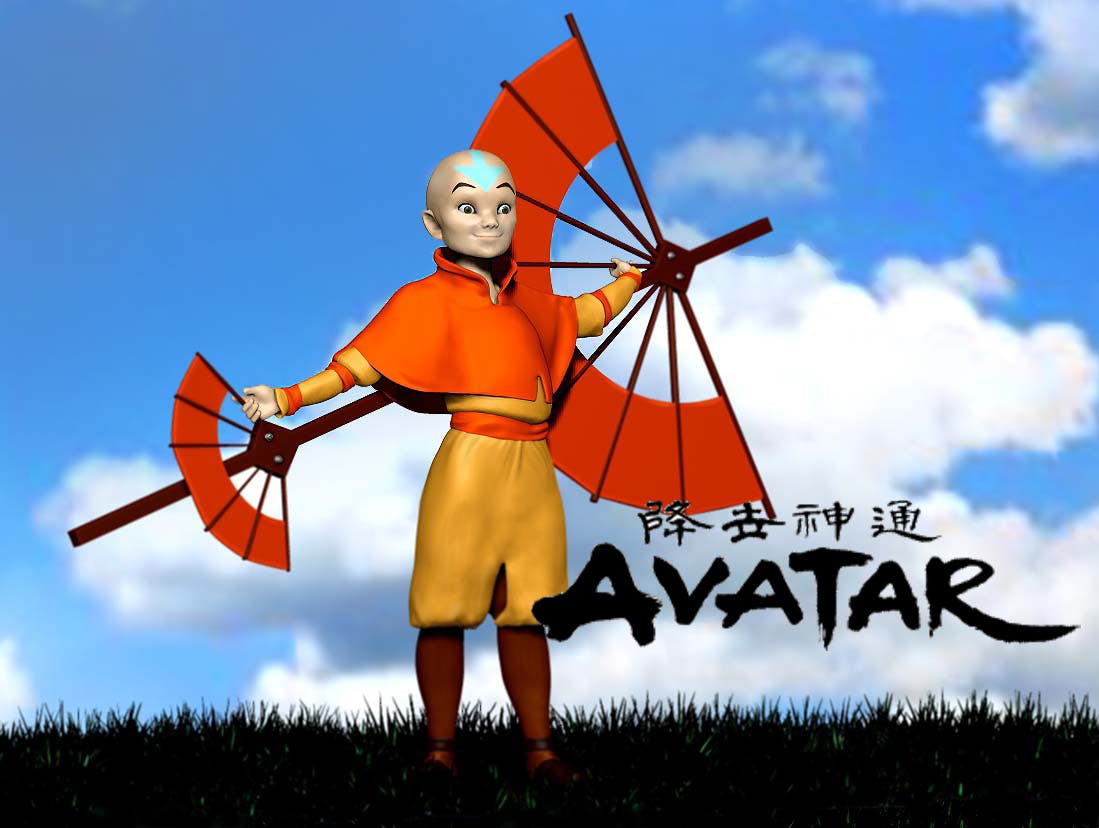
My work has been mostly done using traditional techniques, which has served the work done for toys, live performances, and props and their particular requirements. My training has enabled me to translate concepts into finished products because I am well-versed in the production process. My sculptures take into account the laws of gravity and ultimate practicality, which translates to 3D work.
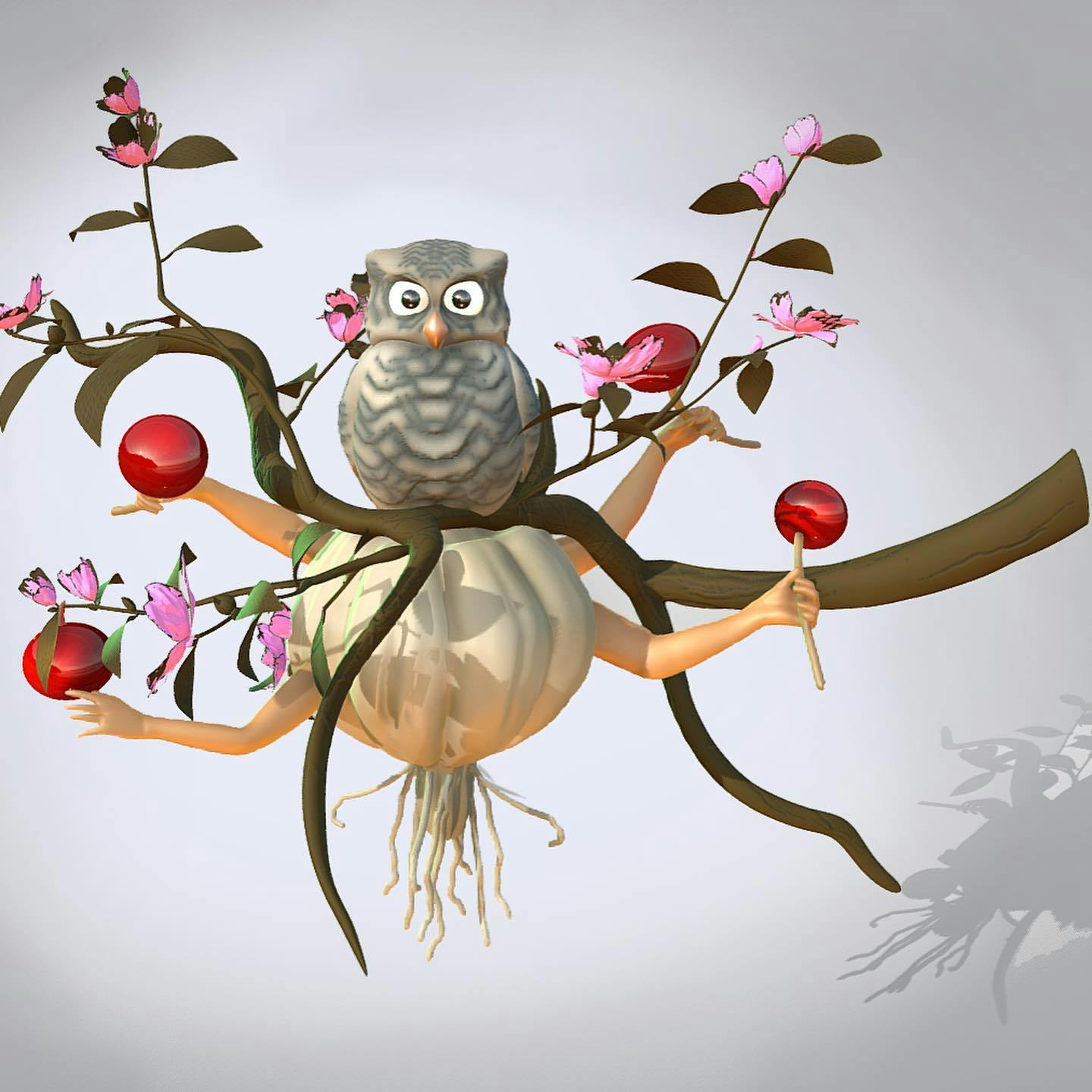
Pinterest and Google are my go-to friends for making the characters and monsters in my world manifest! I'm currently gathering resources for a tonne of projects and have a tonne of boards waiting to be produced in the future! I apply a variety of methods while creating clothing, ranging from directly extracting from the mesh with a mesh mask to utilizing Marvellous 3D. Zbrush has very strong fabric dynamic tools and cloth dynamic brushes. They now significantly influence how I operate. Many prebuilt brushes in ZBrush are fantastic standalone, as well as specially constructed IMM brushes. I've accumulated several brushes over the years, many of which I've customized or manufactured myself to meet particular requirements for my style. For example, a very specific Tibetan metal button I really wanted for a certain model.
More often than not I am given a specific "stage" to address, with tight turnarounds of the item/character/prop to be produced. Sometimes there will be a simple Sketchup made by the client's visualizing team, sometimes there will only be mood boards. Other times, like the set for Earth to Ned, I had the privilege to work directly from a set designer’s sculpted scale models and translate them into print files, ultimately to be 5 axes routed.
The best experiences, in my opinion, are those in which one is given some latitude to bring to life components that have only been vaguely defined and to add particulars that haven't been mentioned. It's a real delight to add your voice to the finished result. Asking questions, clarifying boundaries, functionality, and vision are invaluable skills. The more information you can extract from the design, engineering, and fabrication team, the closer to tolerance, aesthetic vision, and better use of space you can achieve. Consistent communication and drawings really guide my work.
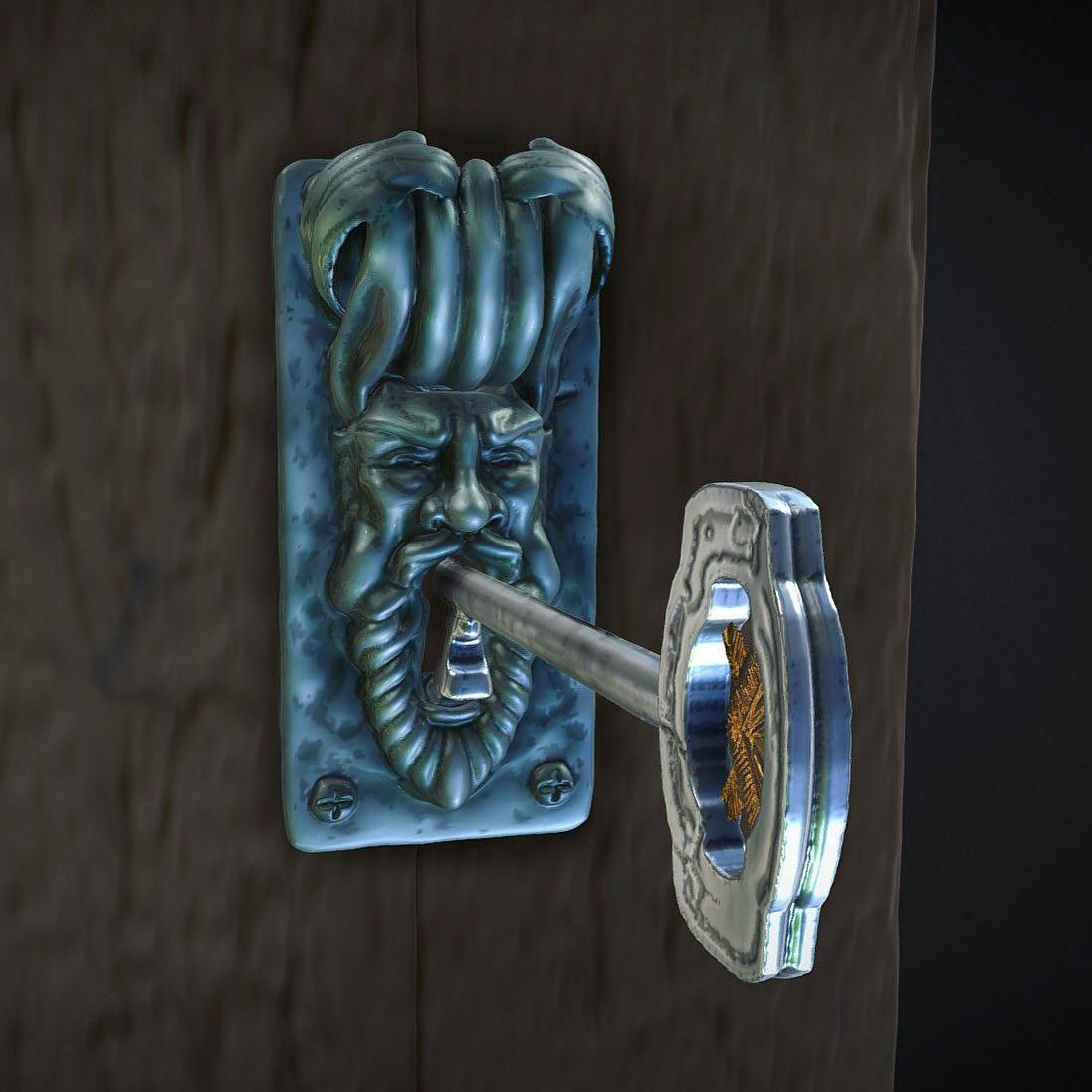
Of course! Each element has its unique issues and demands. The framework for the bench had specific needs that had to be followed whereas the piano had construction and transportation considerations that asked for a different approach.
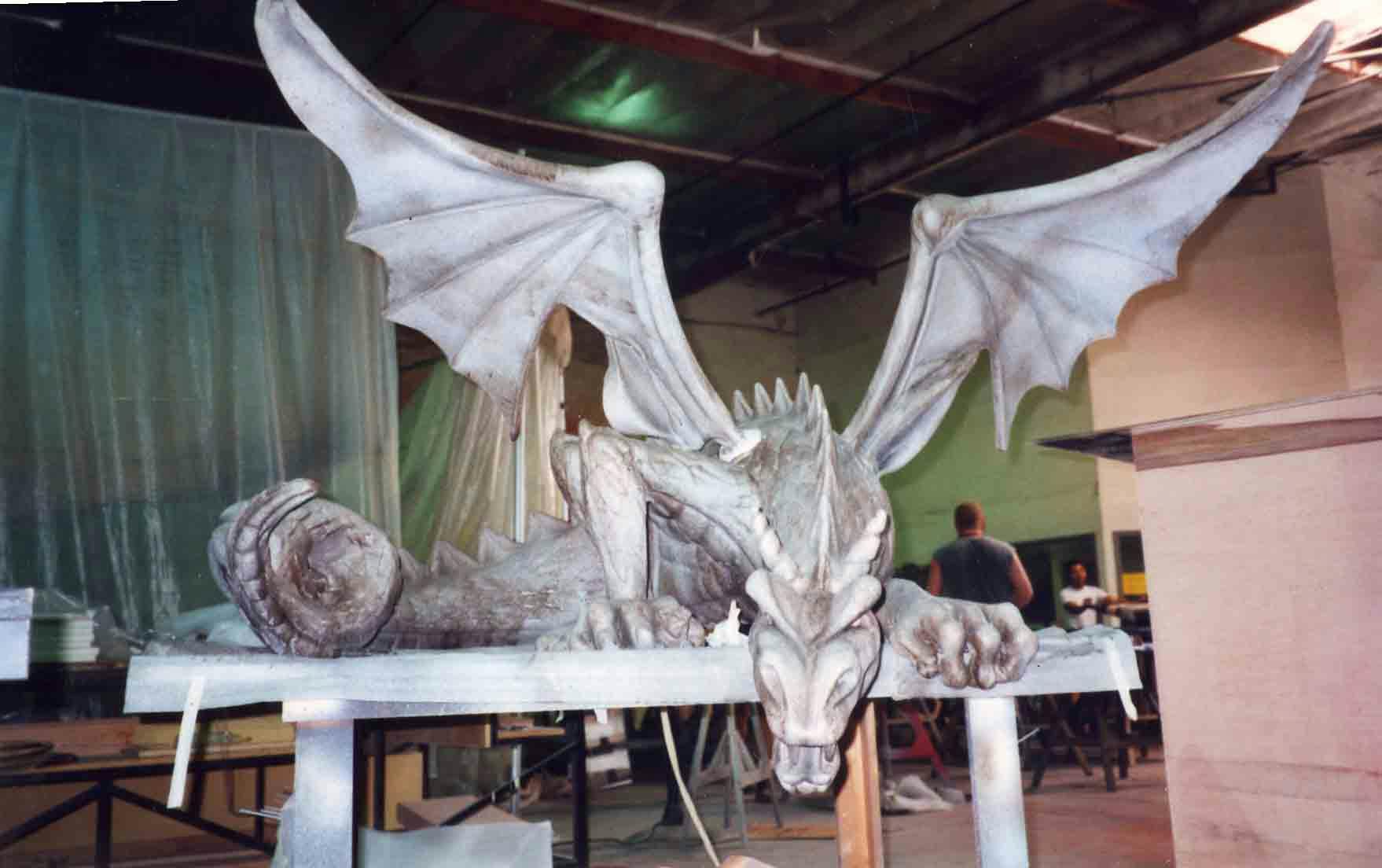
The engineers and the hard modelers I work with are usually of the highest order. Their creations serve as the framework on which I hang the meat of my designs and carry out the body of my work. Without the armature well built for me, I can only be guessing. This is where the Gaga tree differed in many aspects and I applaud the engineering team at Jet Sets for getting it right. To create a strong yet exquisite piece that could be disassembled and reconstructed night after night, show after show, throughout the world for weeks on end, we collaborated as much as we could, transferring the model back and forth.
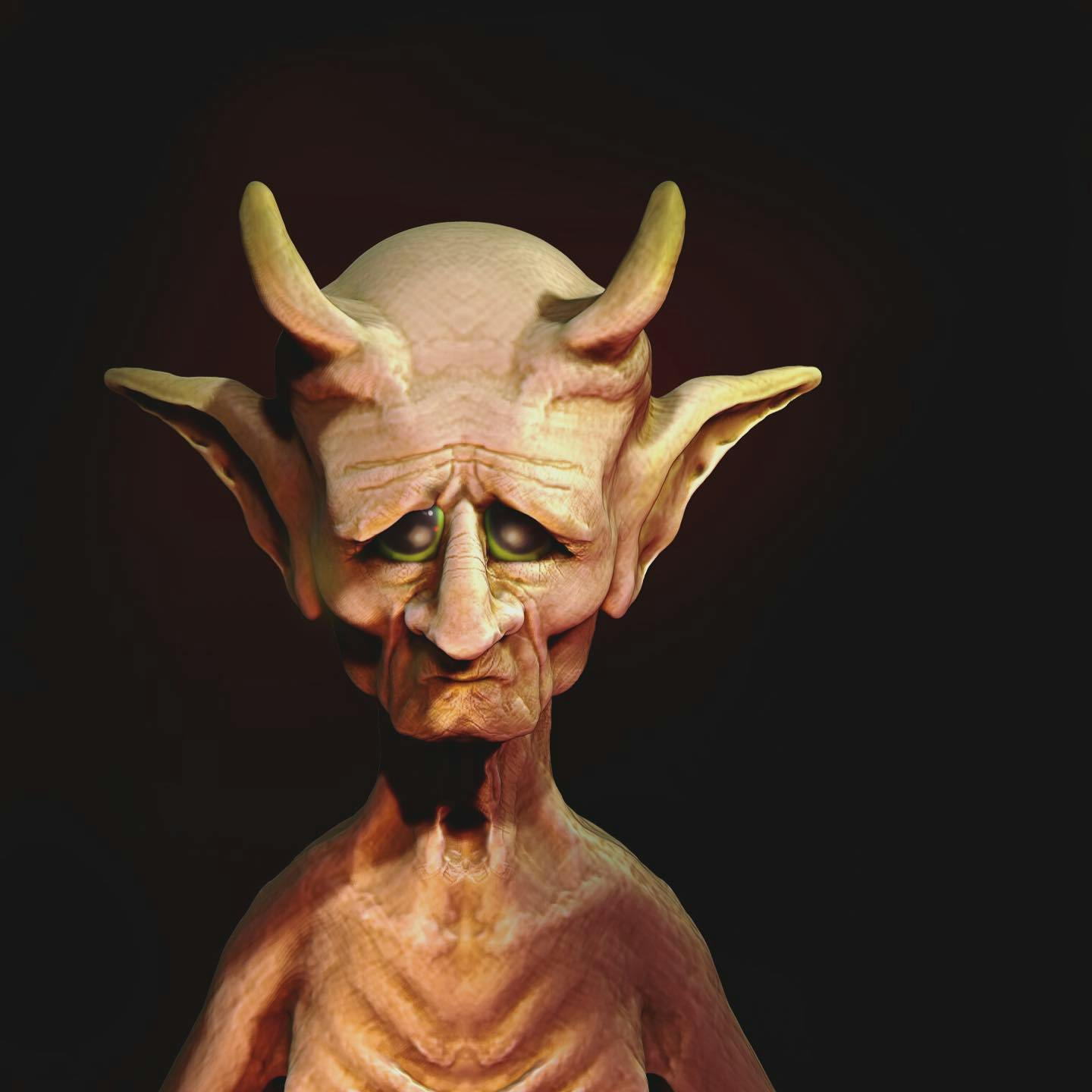
Communication, communication, communication. Get clear answers and ask if I am uncertain.
Sometimes a good long walk along the shore or in the woods will clear a path in my neurons and the way will become blazingly clear and I can't wait to get back to my computer! There is a reason so many of us get our best ideas in the shower or just idly walking along somewhere. You need to shake up the box and "do nothin' for creativity and effective problem solving to emerge, sometimes.
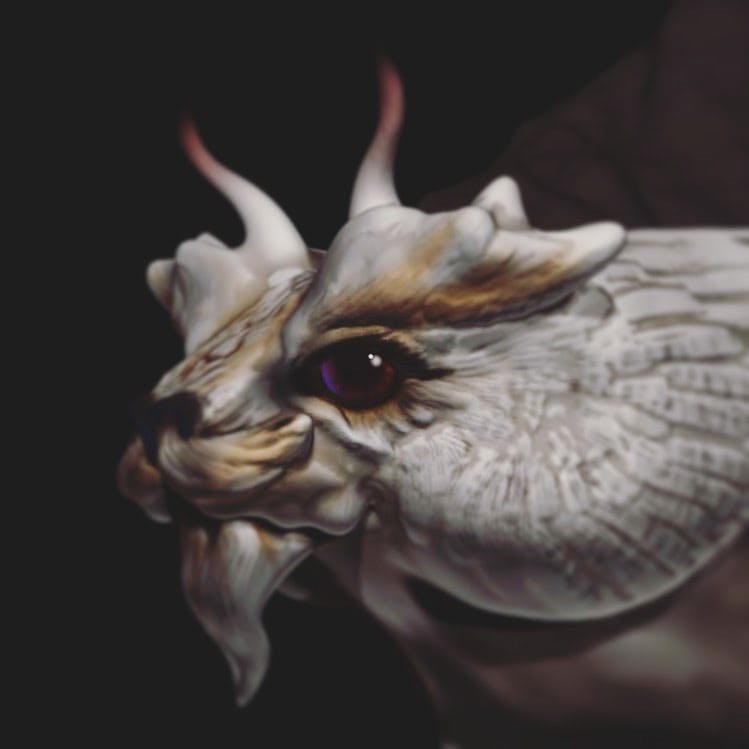
One piece of advice I would provide to aspiring 3D modelers is to violate symmetry as soon as one feels comfortable doing so. You will add dimension, character, and life to your work almost immediately. The special beauty that nature works in each moment is to accept the imperfect symmetry and rhythm of creation. We only try our best to emulate.



















